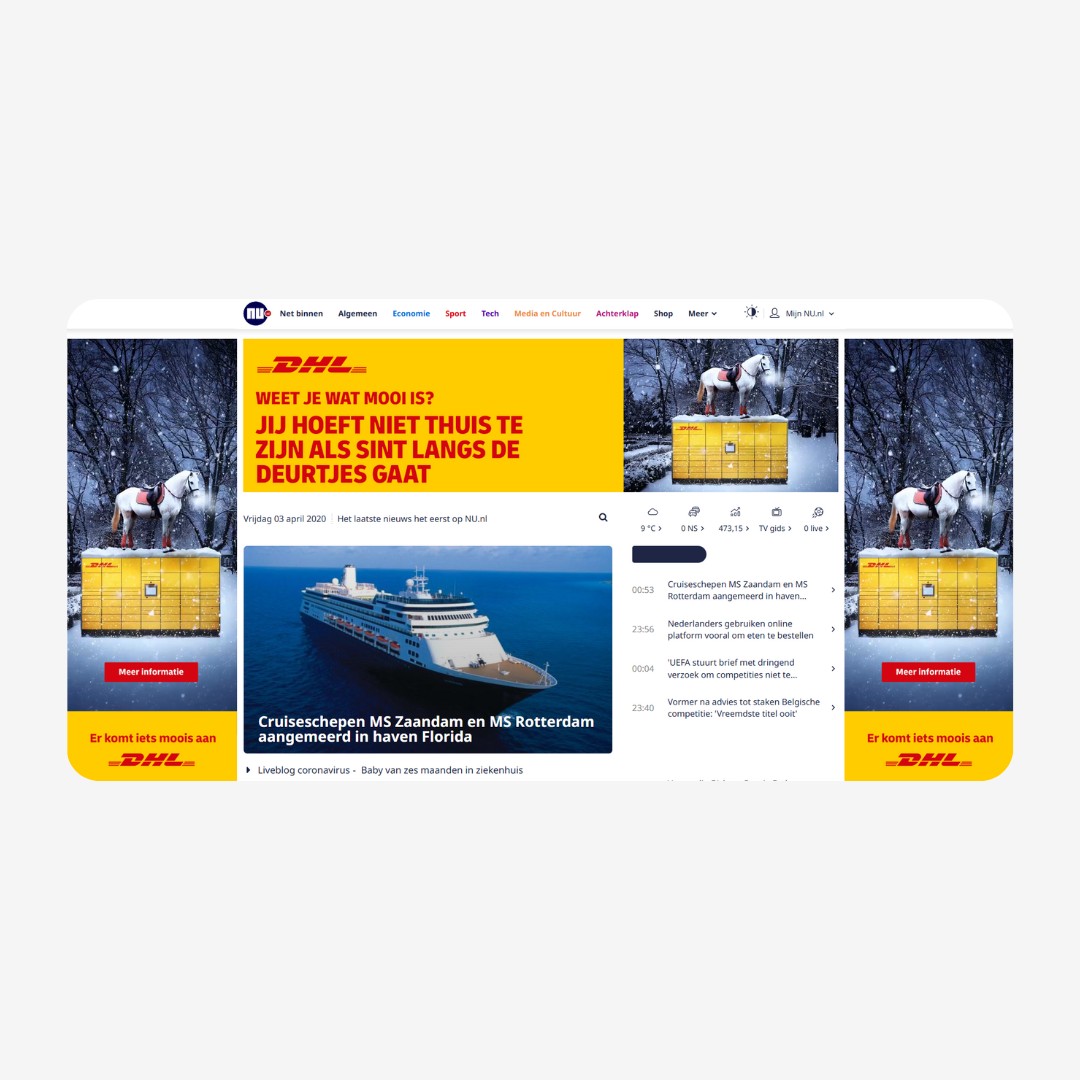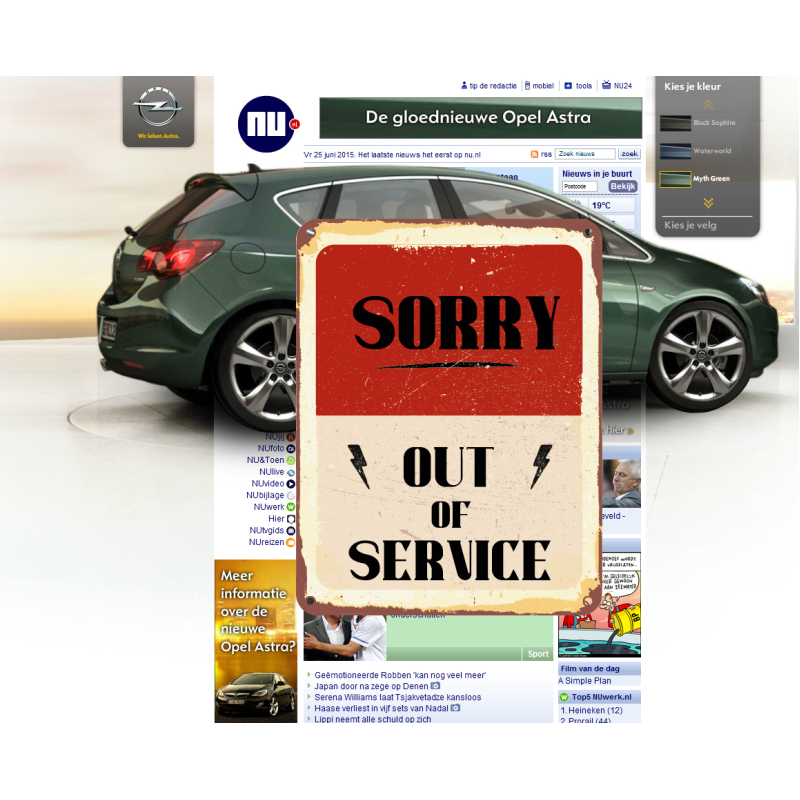In recent years, Weborama has been receiving more and more requests to combine Dynamic Creative Optimization (DCO) with Advanced Rich Media. The goal is to make a maximum impact on the target audience and adjust where necessary. The definition of DCO varies, as each advertiser operates differently and/or has different objectives. This makes it challenging to create a fixed workflow, but we work daily with various use cases to continuously improve and adapt our approach to the specific needs of each client.
What is Dynamic Creative Optimization and how does it work?
Dynamic Creative Optimization involves a creative working with a data file to display the right message (text, images, video, and more). At Weborama Netherlands, we leave the responsibility for the message to the client or ad manager. They decide which products or data groups are loaded and which message is ultimately displayed
The client has the freedom to choose the content and determine which parts should be editable, with Weborama providing assistance in the setup and display. Together, we will explore what is possible.
There are several scenarios in which DCO can be used effectively:
a) The client determines the general messaging in an external file. (Dynamic content management)
b) The customer determines via an external file an x number of products to be shown in the expression (Dynamic product management). Together we determine how these products will appear in the banner (Time, random or choice)
c) In Scenario A or B, a combination of a data file and special parameters from an ad manager indicates which data should be used in the data file (Full DCO). This is the most complex scenario, and the application must be examined on a network-by-network basis, but it is worthwhile.
Examples:
In cooperation with: Men in Green & GroupM
Type of ad: Dynamic content management
During the 2024 European Championship, the Staatsloterij launched a campaign in which an additional prize pool of 500.000 euros could be won. For every goal scored by the Dutch team, the prize pool was increased by 100.000 euros.
To keep track of the Orange Prize standings and the number of goals, we worked with Men in Green to set up a digital environment. Here both the total number of goals and the value of each goal were tracked. The client managed the ad content themselves and had the ability to make live updates. This allowed them to immediately adjust the number of goals and the corresponding value during games.
This case presented an interesting challenge, where smart coding provided maximum flexibility in managing the content.
In the coming weeks, we will further explain different possibilities of DCO in several blog posts. In doing so, we will explain each scenario in detail and show how DCO can be used to optimize your campaigns.



